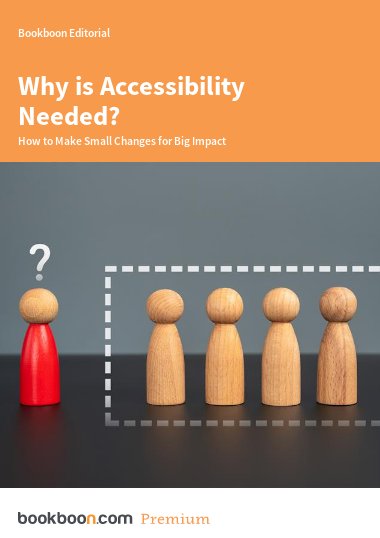Workplace accessibility isn’t just about compliance or being socially responsible. It’s a strategic business decision that directly impacts your bottom line, employee retention, and competitive advantage.
One in six people globally experience a significant disability. And most of us will be disabled – whether temporarily or permanently in our lifetime. This alone should make accessibility a boardroom priority. Yet many businesses still operate with outdated policies that exclude rather than include, creating unnecessary barriers for employees with both visible and invisible disabilities.
Accessibility Goes Beyond Physical Changes
As Rachael Mole explains in Accessibility and Why is it Needed, true workplace accessibility encompasses much more than ramps and lifts. It includes flexible working arrangements, adaptable communication methods, assistive technologies, and inclusive management practices. The goal is creating an environment where everyone can contribute and succeed regardless of their individual needs.
The Business Case for Change
Research consistently shows that companies embracing accessibility see measurable benefits including attracting top talent, better employee retention, increased innovation, and higher employee satisfaction. When you create inclusive environments, you tap into diverse perspectives and experiences that drive creative problem-solving and business growth.
Taking Practical Action
Mole suggests starting with an accessibility audit of your workplace. Evaluate physical spaces, digital tools, and current practices through an accessibility lens. Consult directly with employees, particularly those with disabilities, about their experiences. She recommends starting with anonymous feedback to identify barriers you may not have noticed.
Develop a clear action plan. This might include flexible working arrangements, investing in assistive technologies, or adjusting communication practices. Remember that small changes often yield significant improvements.
Accessibility isn’t a one-time initiative. It requires ongoing commitment, regular reviews, and updates to ensure your workplace continues meeting all employees’ needs. Build accessibility considerations into your standard HR processes, management training, and workplace policies.
Learn how to you unlock your team’s full potential with accessible practices in Rachael Mole’s Accessibility and Why is it Needed talk.


